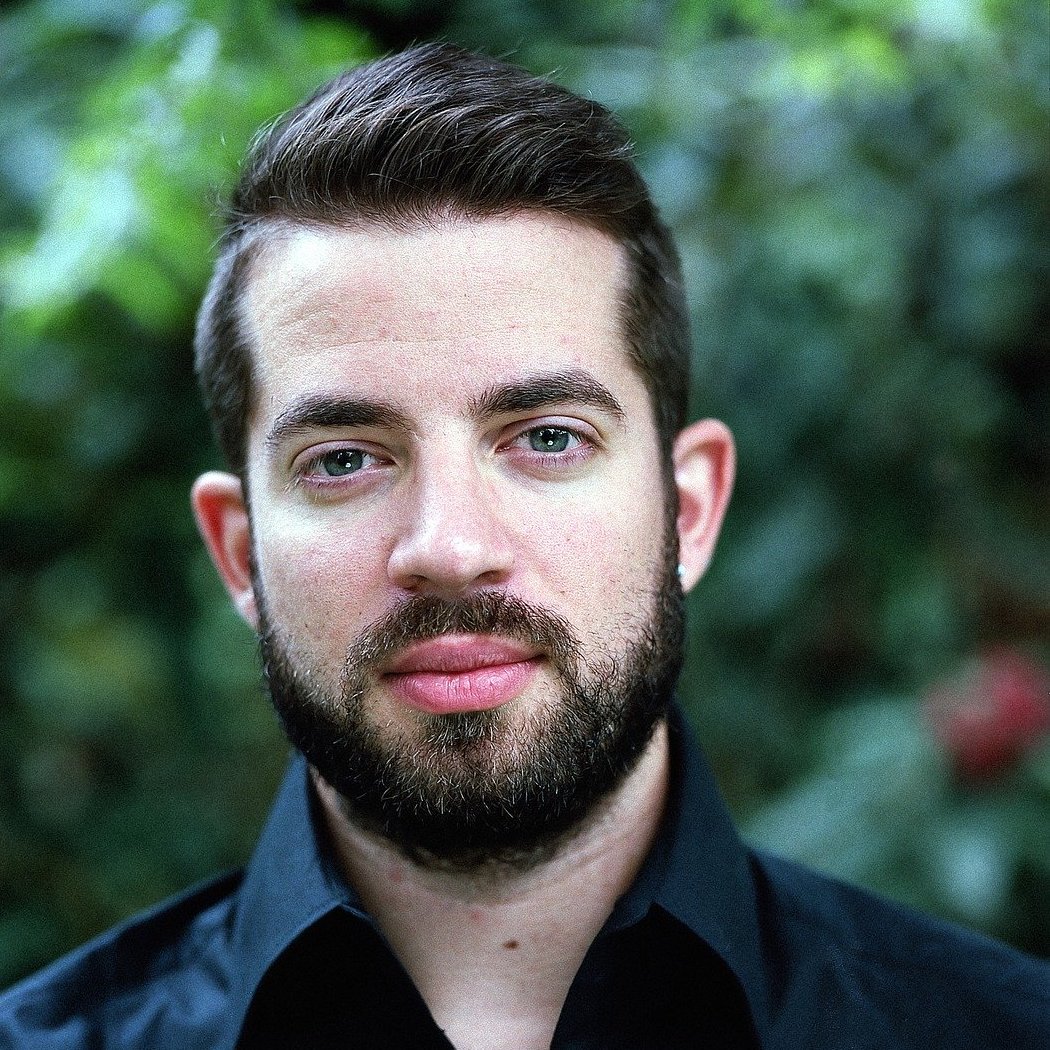Newman
An Author Profile

By Matt McKeown
Only a handful of figures can truly claim to have revolutionized Christians' idea of their own history; John Newman is one of them.
❧ Full name and titles: John Henry Newman [jŏn hĕn-rē nū-màn or nû-màn; see our pronunciation guide for details], Cardinal Deacon of the Church of St. George in Velabro, C.O.
❧ Dates: 21 Feb. 1801-11 Aug. 1890
❧ Areas active: Kingdom of Great Britain and Ireland
❧ Original languages of writing: Modern English, Latin
❧ Exemplary or important works: Tracts for the Times; Parochial and Plain Sermons; Essay on the Development of Christian Doctrine; The Idea of a University; Apologia pro Vita Sua (“A Defense of One’s Life”); The Dream of Gerontius; An Essay in Aid of a Grammar of Assent
Poet, priest, theologian, historian, and educator, St. John Henry Newman was one of the most energetic and well-known intellectuals of Victorian London. His influence upon both the Anglican tradition and the Catholic Church is incalculable, and his sermons and poems remain widely read to this day.
Descended on his mother’s side from French Huguenot refugees, Newman was raised in the Church of England. After spending several years of his adolescence as a fervent Calvinist, he began moving in a more “high church” direction in his late twenties, and in 1833, he became associated with the Oxford Movement at its inception. The Oxford movement (also known as Tractarians, from Newman’s own Tracts for the Times, which expounded their views) was an association of conservative-minded Anglicans who argued for a robust doctrine of the apostolic authority and sacraments of the Church of England, and endorsed a much richer liturgical array—such as using incense and sumptuous vestments—than was then common. A favorite saying with them, taken from a fifth-century saint, was that right belief was defined by what was held semper, ubique, ab omnibus: “always, everywhere, by all,” going back to the beginning of the faith. Both critics and sympathizers saw the Oxford Movement as bringing Anglicanism closer to Catholicism, and the term Anglo-Catholic was coined around this time; the fact that we think of the Anglican tradition as (in the flippant phrase) “Catholic lite” is primarily due to the small but persistent tradition of Anglo-Catholicism that descends from the Oxford Movement.
But as Newman continued preaching, writing, and reading, he encountered certain problems. His study of the early centuries of Christianity gradually convinced him that the theory of church authority he had spent nearly ten years arguing for did not hold water. In 1843 he preached his last sermon as an Anglican priest, titled “The Parting of Friends,” and resigned his post; two years later, after a long season spent in contemplative retreat, working on his Essay on the Development of Christian Doctrine, he entered the Catholic Church.
In a higher world it is otherwise, but here below to live is to change, and to be perfect is to have changed often.
St. John Henry Newman
The Essay is one of Newman’s most significant theological works. The differences between the recorded beliefs and practices of primitive Christianity and the beliefs and practices of the nineteenth-century Catholic Church were not negligible; how, then, did he justify accepting the claims the Catholic Church made about herself? Newman argued that the continuity between ancient Christianity and modern Catholicism was an organic process—not changeless, but not arbitrary either, like the growth of a tree from seed to sapling to maturity. In response to Protestant critiques of Catholic doctrines like Purgatory, he argued that these developments were not essentially different from the development of doctrines like the Trinity which these Protestant critics accepted. Though it shocked the sensibilities of many contemporary Catholics, this method of interpreting Christian history was ultimately endorsed explicitly at the Second Vatican Council.
The effects of his long, careful process of conversion to Catholicism can be traced in many of Newman’s other writings (both before and after 1845). Another seminal work was his Grammar of Assent, aimed at defending the intellectual legitimacy of faith against the British Empiricist school of thought. In particular, Empiricists like Locke and Hume argued that belief must always be proportionate to available evidence. After distinguishing various kinds and degrees of grasping ideas, he asserts that the principles of Empiricism, consistently applied, would cripple not only religious faith but mere everyday life.
But for all his profound philosophical and theological writings (of which we have covered only a tithe), perhaps his most beloved work is one of his earliest: a poem, later adapted into a hymn, titled “Lead, Kindly Light.”
Lead, Kindly Light, amid th’encircling gloom,
Lead Thou me on!
The night is dark, and I am far from home—
Lead Thou me on!
Keep Thou my feet; I do not ask to see
The distant scene—one step enough for me.
Every week, we publish a profile of one of the figures from the CLT author bank. For an introduction to classic authors, see our guest post from Keith Nix, founder of the Veritas School in Richmond, VA.
If you liked this post, take a look at some of our other pieces here at the Journal, like this author profile of Herodotus, this “Great Conversation” essay on the idea of prophecy, or this discussion of the liberal arts in Catholic education. And be sure to check out our podcast on education and culture, Anchored, hosted by our founder Jeremy Tate.